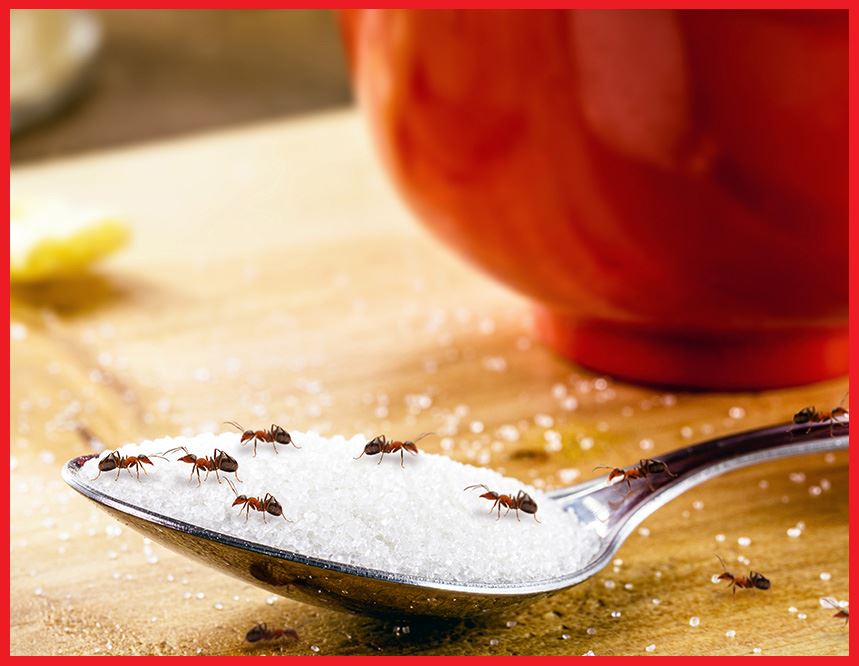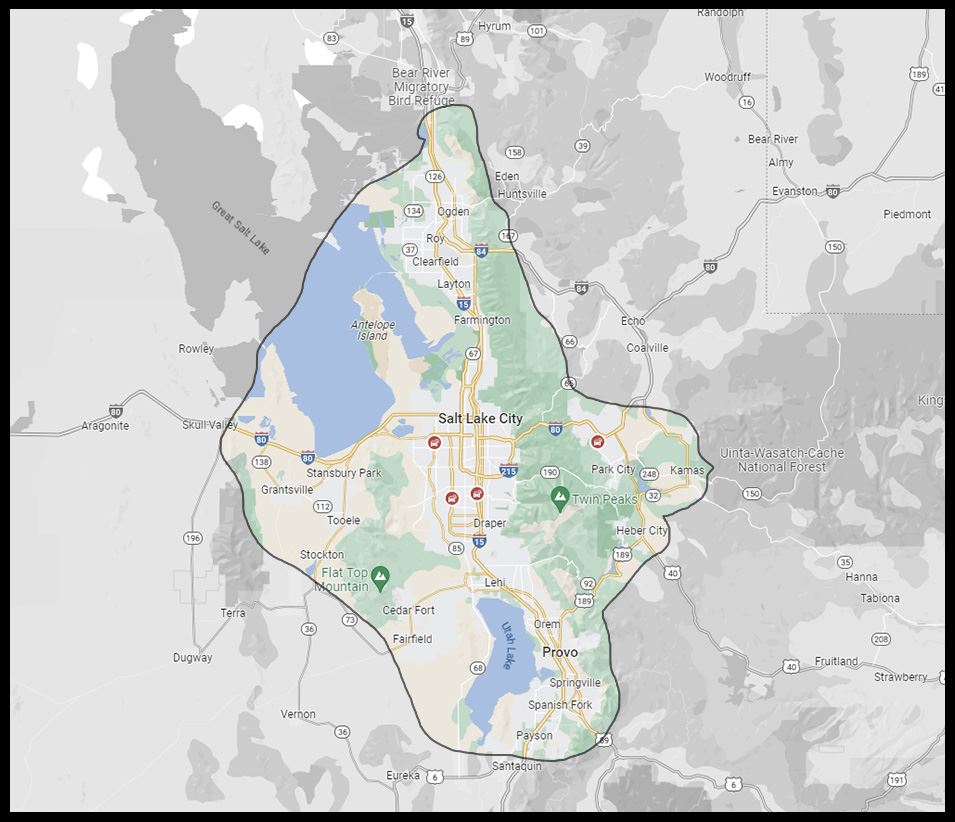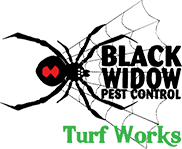Black Widow Pest Control & Turf Works Guide to Your Local Pests
Regardless of how clean you keep your home, pests are bound to make their way inside somehow. After all, they’re called pests for a reason. Oftentimes, people may be aware they have pests, but aren’t quite sure what exactly is lurking beneath the shadows.
Luckily, Black Widow Pest Control & Turf Works is here to help! Identification is the key first step in eliminating your pest problem, so we created a Pest Library to help you identify your pests, learn their characteristics, behaviors and habits.
Have more questions? Give us a call at (801) 845-3664 and speak to one of our experienced technicians today.

Pest Library for West Jordan and Surrounding Areas
Bed Bugs
Bed bugs are persistent. Eradicating, exterminating, or eliminating an entire infestation requires persistence. Bed bugs can hide in extremely small cracks and crevices, making it difficult to locate breeding sites. Bedbugs are rarely seen in daylight. They emerge from their hiding spots at night. Bed bugs can live a year or longer without food (blood) and thus stay in their hiding places. Bed bugs can travel long distances and survive in suitcases, clothing, vehicles, aircraft, cruise ships, and other modes of transportation.
Black Widow
Black widows are easily identified by their jet-black color and sharply angled legs. A bright red hour glass covers their bellies. Black Widow venom is roughly 15 times more potent than a rattlesnake. Black Widow bites should be immediately treated by a medical professional.
Ear Wigs
Earwigs are largely nocturnal, hiding under loose bark and in other crevices by day. Both sexes can fly but rarely do so. The Female looks after her eggs and the young and family groups are often disturbed under flowerpots and other objects in the garden. Young earwigs always have straight, slender pincers. The white or cream earwigs that are often unearthed in the garden are not different species but simply individuals that have just changed their skins. Physical attributes: 10 to 15mm, excluding the pincers. The latter are 4 to 9mm in the male, strongly curved and with a flat base. Female pincers are 4 to 5mm and almost straight. The body is shiny brown, with the hindwings projecting as short triangles from under the short forewings.
Boxelder Bugs
Boxelder bugs also called maple bugs are most commonly seen on the Boxelder Maple. They feed on the female trees, on the seedboxes, and are also found on orchard plantations, mostly on strawberry plants. They also have the habit of coming into the houses during the very cold winter seasons. They however, do not cause any damage in homes.The adult boxelder bug measures around an inch long and arebrown or black in color, with orange or red lines around the back of the head and wings, as well as the stomach. While the adult boxelder bugs have wings overlapping, the smaller ones do not have well-developed wings and are orange or red in color.
Silver Fish
Silverfish are nocturnal, elongate, and flattened insects typically between .5 to 1 inch in length. Their abdomen tapers at the end, giving them a fish-like appearance. They are born whitish, but develop a grayish hue and metallic shine as they get older. They have three long bristles on the rear and two long antennae. Silverfish are sensitive to moisture and require high humidity to survive. They prefer lower levels in homes but may be found in attics. They can contaminate food, damage paper goods, and stain clothing.
House Mouse
Mice are small rodents weighing less than one pound. The most common are the house, deer, and white-footed mouse. They are known to invade homes for food, water and shelter. They can produce offspring rapidly, breeding 5 to 8 litters per year with an average of 5 pups per litter.
Cockroaches
There are many different types of roaches. The German cockroach is the most common to homes and businesses. The German cockroach is very successful at establishing themselves in buildings and homes, and is very hardy and resilient against attempts at pest control. This is because of the large number of nymphs produced from each egg case, the short period between birth and sexual maturity, and their ability to easily hide due to their small size. Roaches enter structures in many ways including groceries, used furniture, boxes, drain pipes, etc.
Rats
Rats have a keen sense of hearing, smell, and taste, plus the ability to swim. They are able to gnaw through concrete, wood, and floors. Rats can spread diseases and carry parasites such as fleas, ticks, and lice into your home.
Hobo Spider
The hobo spider is a hairy spider with hairy legs and a hairy cephalothorax. Males has two pedipalps that are enlarged in the end, which makes them look like boxing gloves. It is 1½ to 2 inches or 4 to 5 cm in diameter. Spiders can be extremely difficult to identify. In the section further down, you can see what to look for to find out if the spider you are studying is a hobo spider or another spider. They are member of the funnel-web weaver spider family, Agelenidae. Funnel-web spiders can move fast and the hobo spider could be capable of running up to 4 feet per second. It produces a flat web, with a funnel like lair in the middle where the spider sits and waits for prey.
Wolf Spider
These spiders are brown colored with streaks of black. They can be VERY large. Unlike other spiders, wolf spiders do not spin webs to catch prey. They are fast, agile, and hunt other insects often by pouncing on victims. Wolf Spiders carry their young on their backs and when smashed can often frighten people because their young quickly scatter in all directions.
Vole
Voles have 1 to 5 litters a year, each consisting of 3 to 6 babies. They are active anytime, day or night. Their bodies measure 5 to 8 inches long, including their tail. They dig many short, shallow burrows and make underground nests of grass, stems, and leaves. They feed on roots of garden plants, vegetables, grass, and juniper bushes. Damage that occurs under snow cover often escapes notice until it is too late. Vole damage can be indicated by gnaw marks, droppings, runaways, and burrows.
Hornets
Hornets are a variety of wasp, very similar to the common wasp ‘yellow jacket’. They are both from the same sub-family, but there are differences in appearance and habit. Hornets are the largest among the social insects, such as bees, ants, and termites. Some species of hornets can grow up to 2.2 inches in size. Yellow jackets are comparatively smaller in size. Hornets are also distinguished by its vertex width from other wasps. There is also a difference in color and also how it hunts for food. Hornets are not as aggressive as yellow jackets, but hornets look much more ferocious because of its big size. Hornets are found to be more territorial. Bald-faced hornets are the most commonly found hornet in the USA. Actually it is a more close relative to yellow jackets than it is a hornet. The reason for calling it as a hornet is because of the way they build nests aerially like hornets.
-
“They are amazing people to work with, their prices are reasonable, they are always happy. They go the extra mile to make sure that your needs are being met.”
Randee M.

Since 2007
-
Salt Lake County
-
Utah County
-
Davis County
-
Tooele County
-
Summit County
-
Weber County
-
Morgan County


- Navigating Utah Pest Control Choices Termite Control View Article
- What The #1 Pest Control In Utah Can Do For You Cockroaches View Article
- Wolf Spider In Utah Spiders View Article
- Rodent Removal In Utah Rodents View Article
- Utah Dangerous Spiders Spiders View Article
- Pest Control In South Jordan View Article
- Exterminator In Utah View Article
- Pest Control Companies In Salt Lake City View Article


Contact us using the form below or give us a call at (801) 845-3664.

